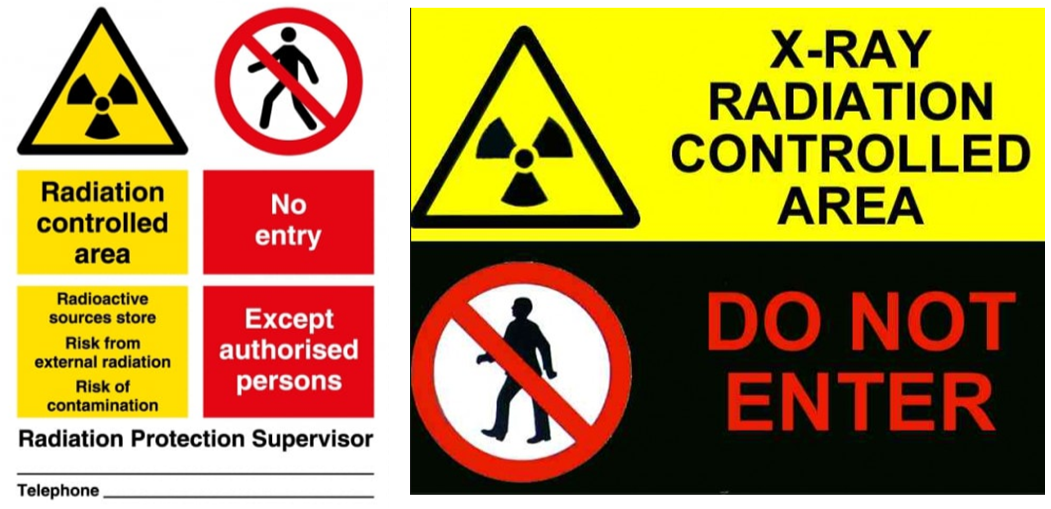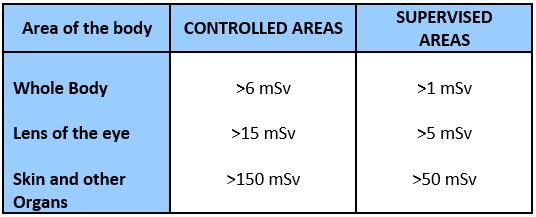IRR17 (19) - Additional requirements for designated areas
Published: Sep 29, 2021
General access considerations
Designated areas must be adequately described in Local Rules.
In the case of Controlled Areas, physical demarcation is required where it is reasonably practicable, but there are exceptions for dental and veterinary x-ray sets, and mobile medical units. In these cases, it is necessary for an operator to be able to see people approaching and to de-energise the equipment if necessary. This exception can also be extended to certain other portable x-ray devices such as XRF Positive Material Identification (PMI) units.
Suitable signs must be displayed in positions indicating the area to be designated and the nature of the sources and exposure risks. For example, it is often useful to indicate if there is a contamination risk, a radiation risk or both. It should not be possible for any person to gain physical access to a designated area and not know (i.e. they must have passed a barrier / signage or similar). For the higher hazard radiation sources (e.g. entry to an industrial irradiator), access should be restricted so that unauthorised entry is not permitted. If physical and locked access is not reasonably practicable (e.g. radiotherapy treatment room), then the access point must be protected by an interlocked system that will remove the radiation hazard. This could be achieved by an interlocked gate or light curtain which removes the power supply from an electrical generated radiation source, or withdraws a radioactive source into its shielded storage container.

Entry to a controlled area
For a person to enter a controlled area, they must either be a Classified Person, an Outside Worker (classified or non-classified), or a person who enters under written arrangements which are designed to ensure the dose received will not exceed the thresholds that would otherwise require that person to be classified (and a suitable dose assessment should demonstrate that this is the case). The thresholds were outlined in IRR17 - regulation 17, and are shown below.

A written arrangements are likely to be acceptable where, for example, the employer has designated a whole room as ‘Controlled’ but the work requiring designation is only carried out in a small part of it. However, when considering all Ionactive clients (ionising radiation users), the significant majority do not have classified persons, despite having controlled areas. Therefore these users operate a scheme of work (written arrangements) as part of their local rules, even where significant sources of ionising radiation are present. The test to determine if a scheme of work is justified (rather then a classified person entry requirement) is as follows:
- For routine work in the controlled area, will likely annual exposures be less than those shown in the above table?
- For the above work, will likely annual exposures be less than those shown in the above table for all reasonably foreseeable radiation accidents arising from the work?
If the answer is 'yes' for both of the conditions given above, then a scheme of work is suitable - allowing non classified persons entry. This justification is easier to make where 'special procedures designed to restrict exposure' are used as the basis for the controlled area designation, rather than compliance with dose rate criteria or contamination limits given in IRR17 - Regulation 17. For example, with a radiotherapy linac treatment room, risk assessments show that the above two conditions can be met - occupational exposures to employees working in such areas are generally no greater than background.
Over-designation should be avoided since the administrative burden and access requirements are significantly increased.
